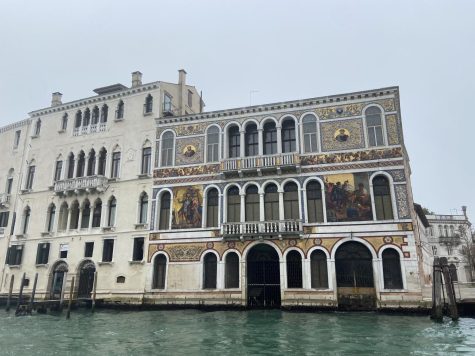No
The following viewpoint reflects the opinion of the author
November 9, 2017
At first glance, the issue of whether or not to take down Confederate monuments seems relatively straightforward when viewed from a 21st century perspective. Fighting a war to preserve slavery is not something that should be honored, and thus the statues and monuments that honor the Confederacy should be taken down. While this may be is true in some cases, in many cases the issue is not that simple.
While it is true that as a whole, the Confederacy’s secession from the United States was primarily motivated by the desire to preserve the institution of slavery, the motives of individuals were often more complicated due to factors such as loyalty to one’s state and the aggressive tactics employed by Northern generals such as William T. Sherman. For these reasons monuments like the one in Durham, NC dedicated “In memory of the boys who wore the gray” and statues of Robert E. Lee should not be removed.
Although Robert E. Lee cannot be seen to be as innocent as individual confederate soldiers since he was a general of the Confederate army, his character and motvations were complex enough to justify leaving monuments dedicated to him standing.
— Paul Lapey
The Durham monument is a prime example of a statue honoring Confederate soldiers that should not be taken down. Even in the Confederacy, over two-thirds of the population did not own slaves, and thus it would be an oversimplification to say that most of these individual soldiers were fighting to preserve slavery.
In addition to fighting out of loyalty to their state, these soldiers were often fighting while their state was being invaded and in many cases were fighting to protect their property and land. Many of the battles of the Civil War were fought in southern states, and in many of these battles, towards the end of the war generals like William T. Sherman used “scorched earth” tactics of burning and destroying property as they took cities. These tactics were clearly justified as necessary steps towards winning the war and ending slavery, but they also make it hard to blame average civilians for not sitting by as their towns were destroyed. This is not to say that these soldiers were entirely innocent—they did contribute to a war that was fought to preserve slavery—but it is not wrong to memorialize people who fought and died to save their towns from being destroyed. Individual confederate soldiers did not chose to secede from the union, and fighting when one’s state is being invaded and in many cases being attacked using scorched earth tactics is very different from fighting to preserve slavery
Although Robert E. Lee cannot be seen to be as innocent as individual confederate soldiers since he was a general of the Confederate army, his character and motivations were complex enough to justify leaving monuments dedicated to him standing. Lee’s views on race would be considered backwards and racist by modern standards, but it is easier to understand why he held these views considering the environment in which he was raised.
For someone who was born in 1807 and raised in the 19th century South, his views were hardly unusual and if anything relatively progressive. Although he did not support abolition, Lee was opposed to slavery, which he called a “moral and political evil.” As stated previously, Lee did hold views on race that were obviously racist, but he did recognize the evils of the institution of slavery, which is more than can be said about many people at that time. Additionally, Lee said, “If Virginia stands by the old Union, so will I. But if she secedes (though I do not believe in secession as a constitutional right, nor that there is sufficient cause for revolution), then I will follow my native State with my sword, and, if need be, with my life.” Clearly, Lee was more motivated by an unwillingness to betray his state and fight against his home than to preserve slavery, and was even against Virginia’s secession in the first place. While these factors do not completely justify Lee’s actions, they do make his character much more complex than other Confederate leaders like Jefferson Davis.
For these reasons, considering whether or not to take down statues of more complicated figures like Robert E. Lee and “the boys who wore the gray” is very different from the decision of whether to take down statues of other Confederate leaders like Jefferson Davis, who overtly supported slavery. There is a much better case for taking down statues of figures like Davis, but monuments like the one in Durham, NC and ones dedicated to Robert E. Lee are not worthy of being taken down because of the complex nature of the people that they honor.











